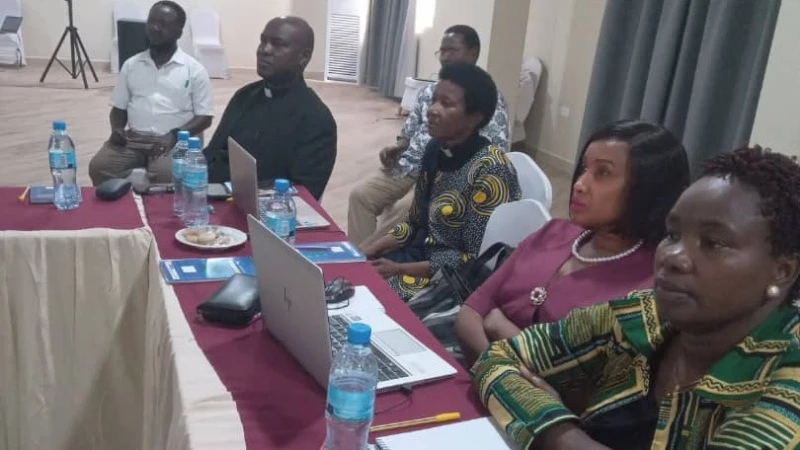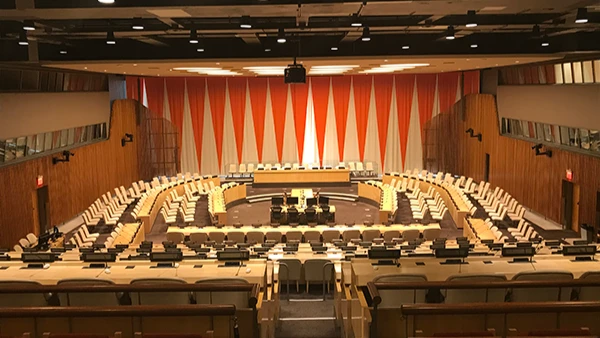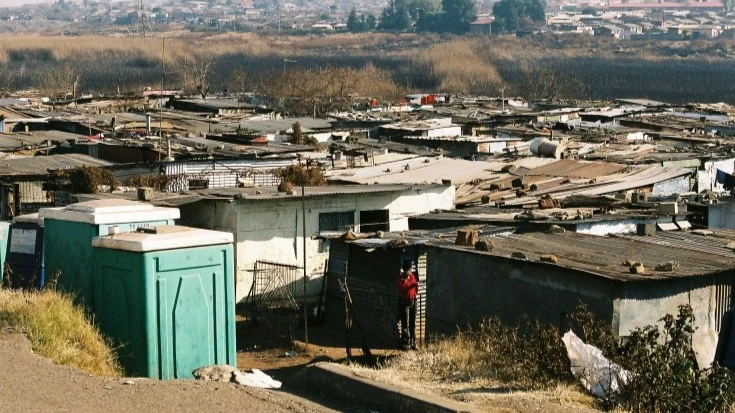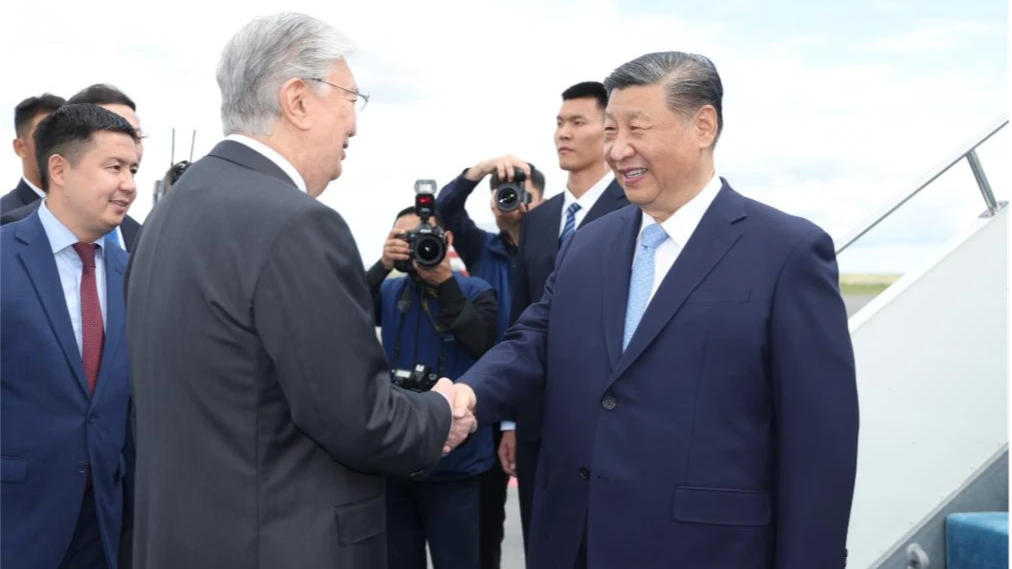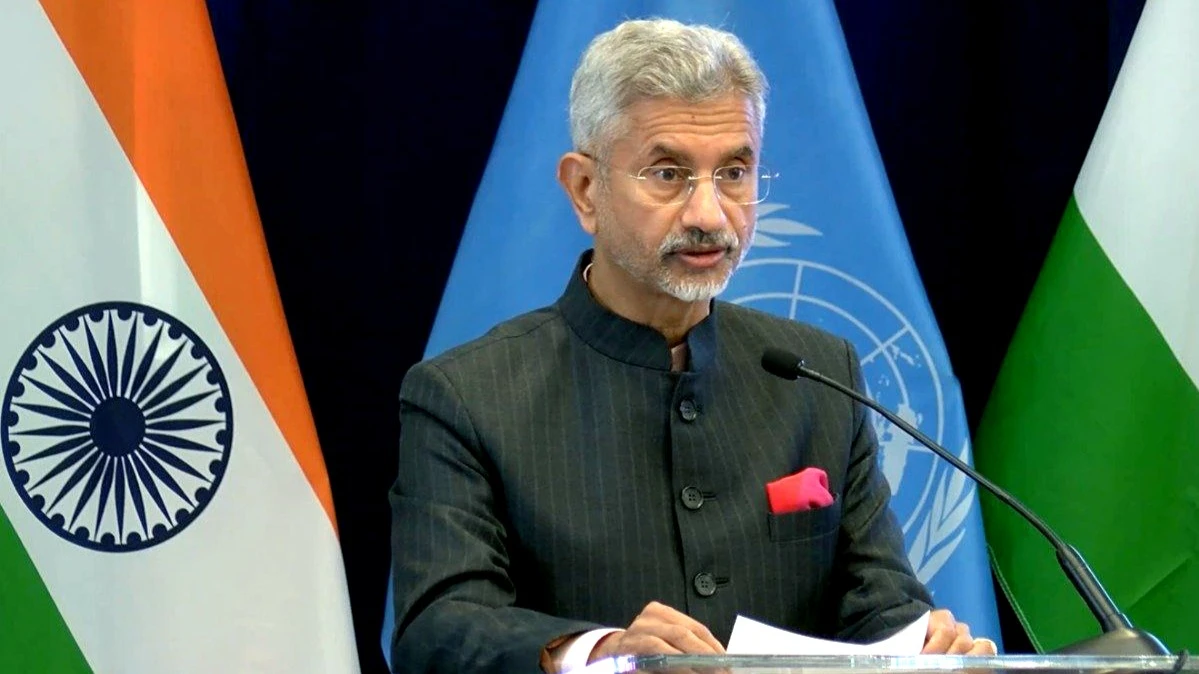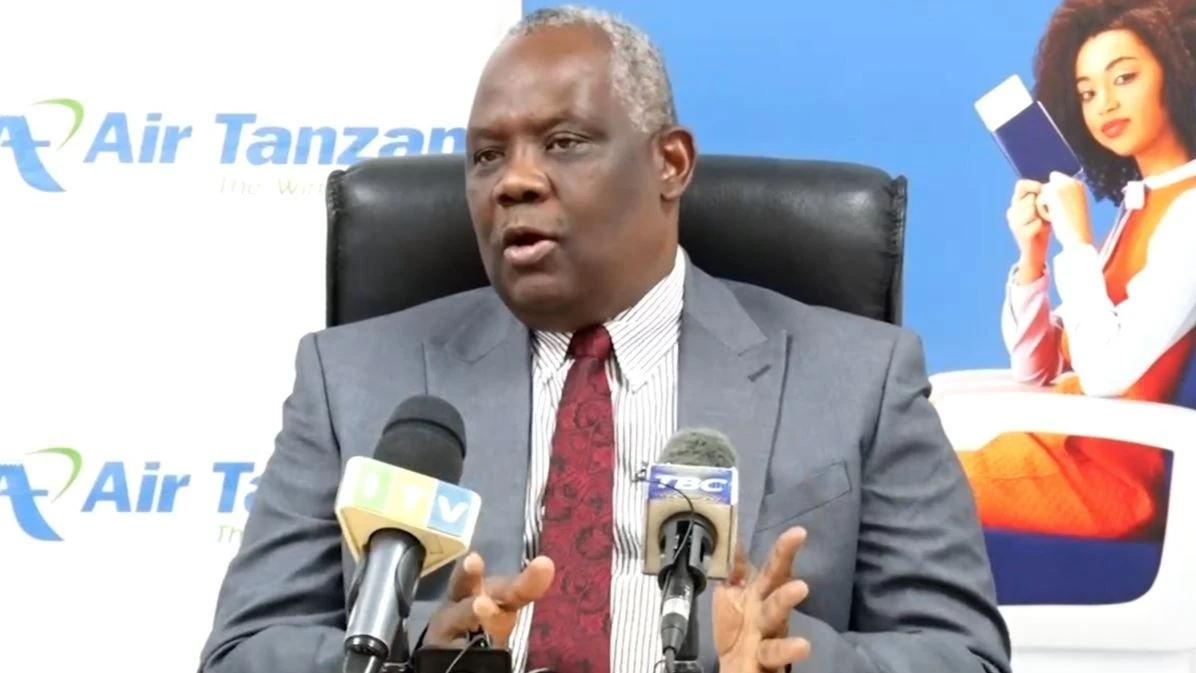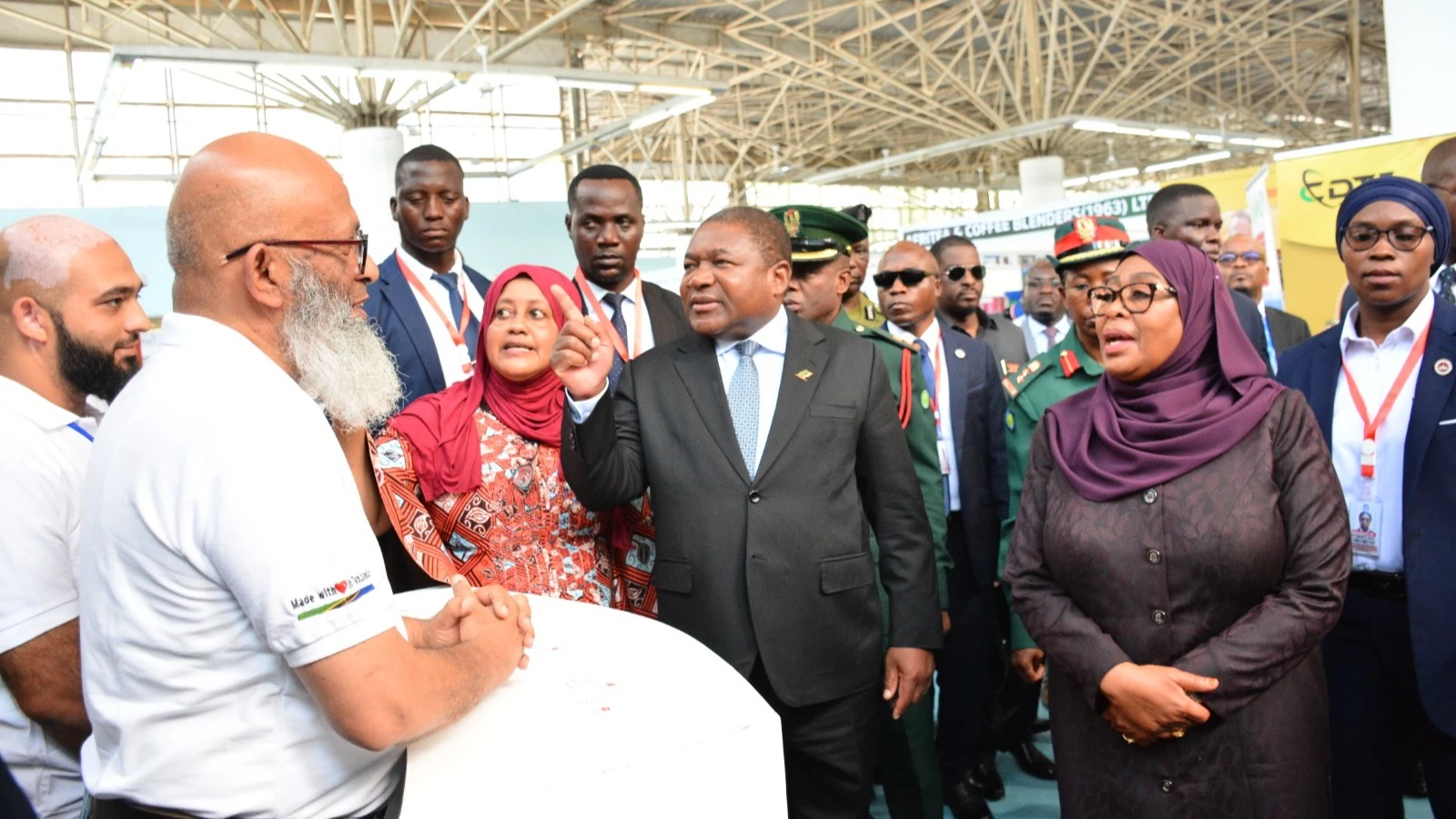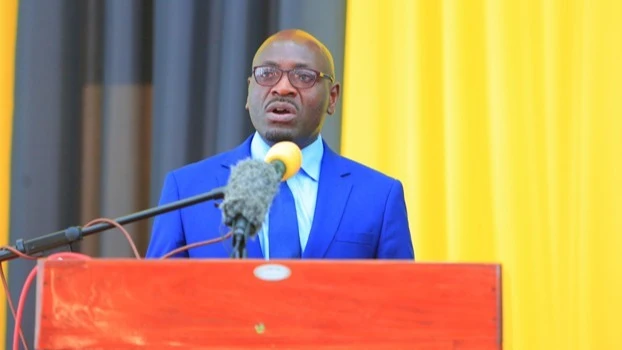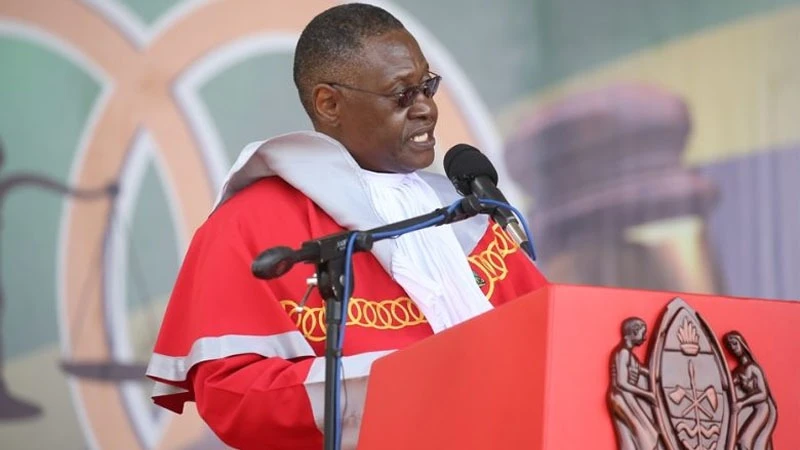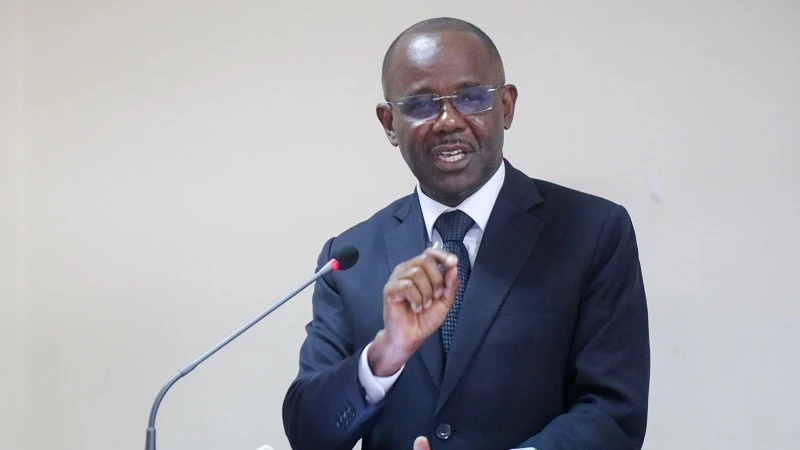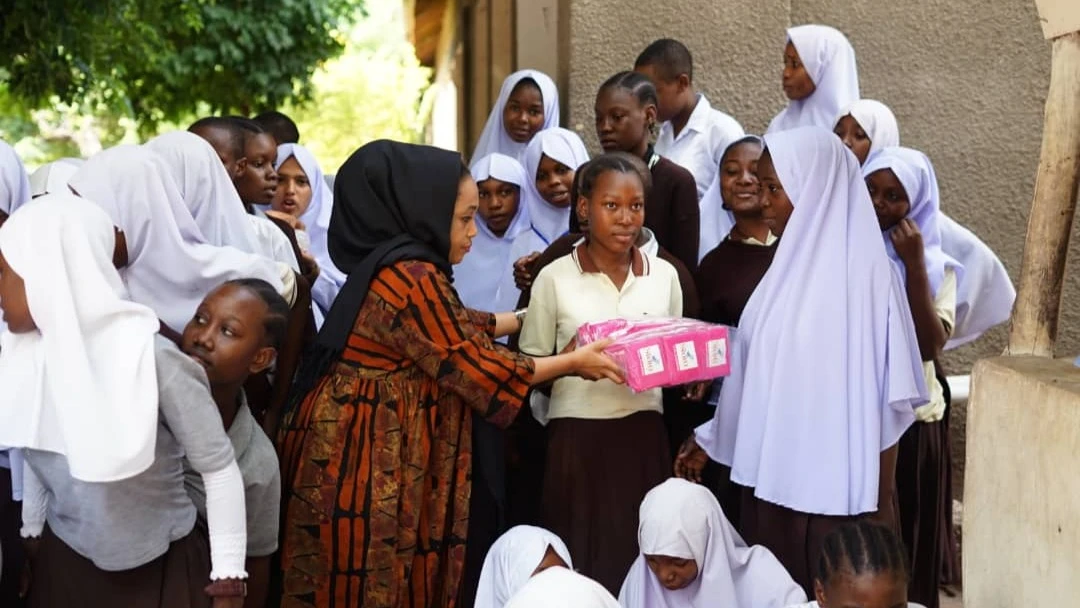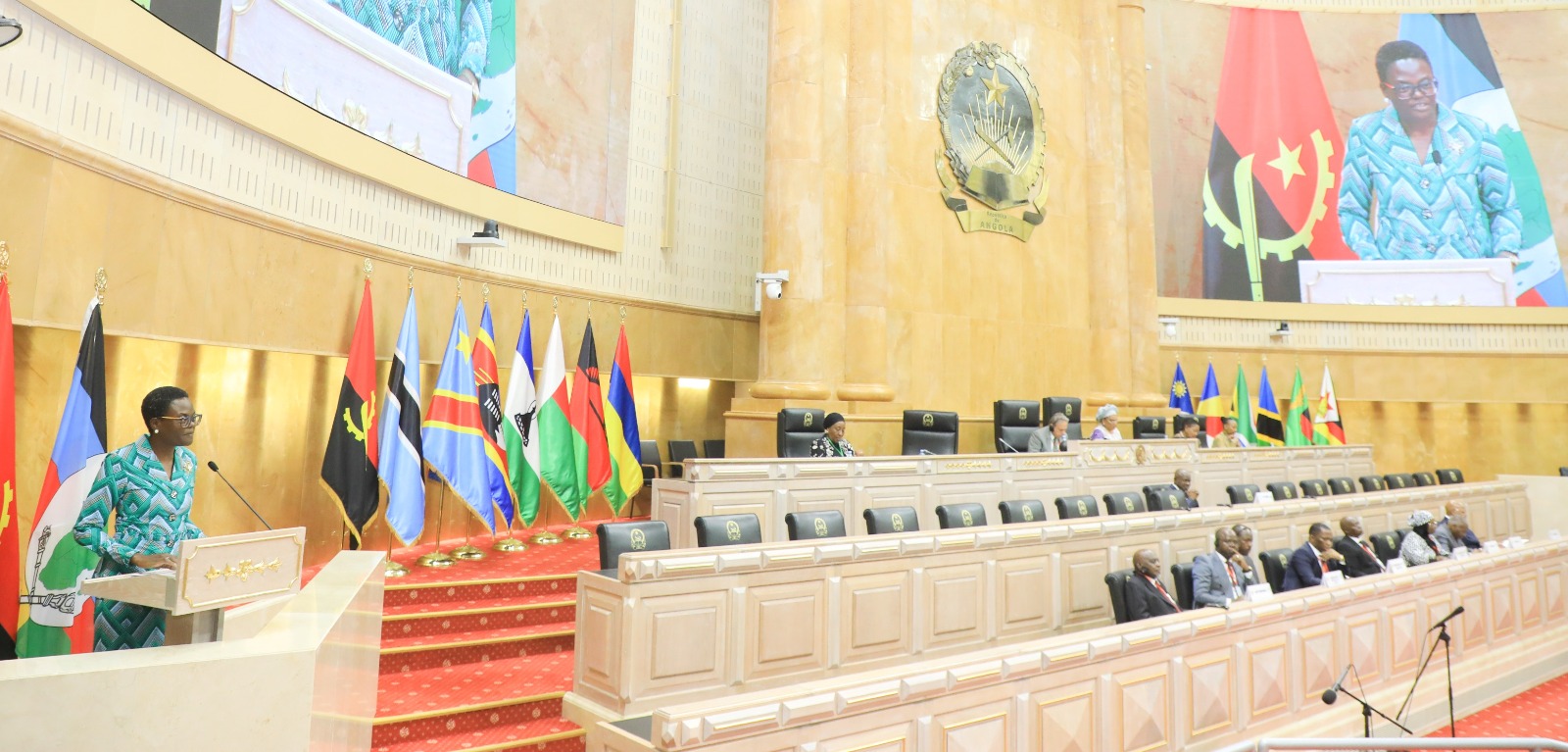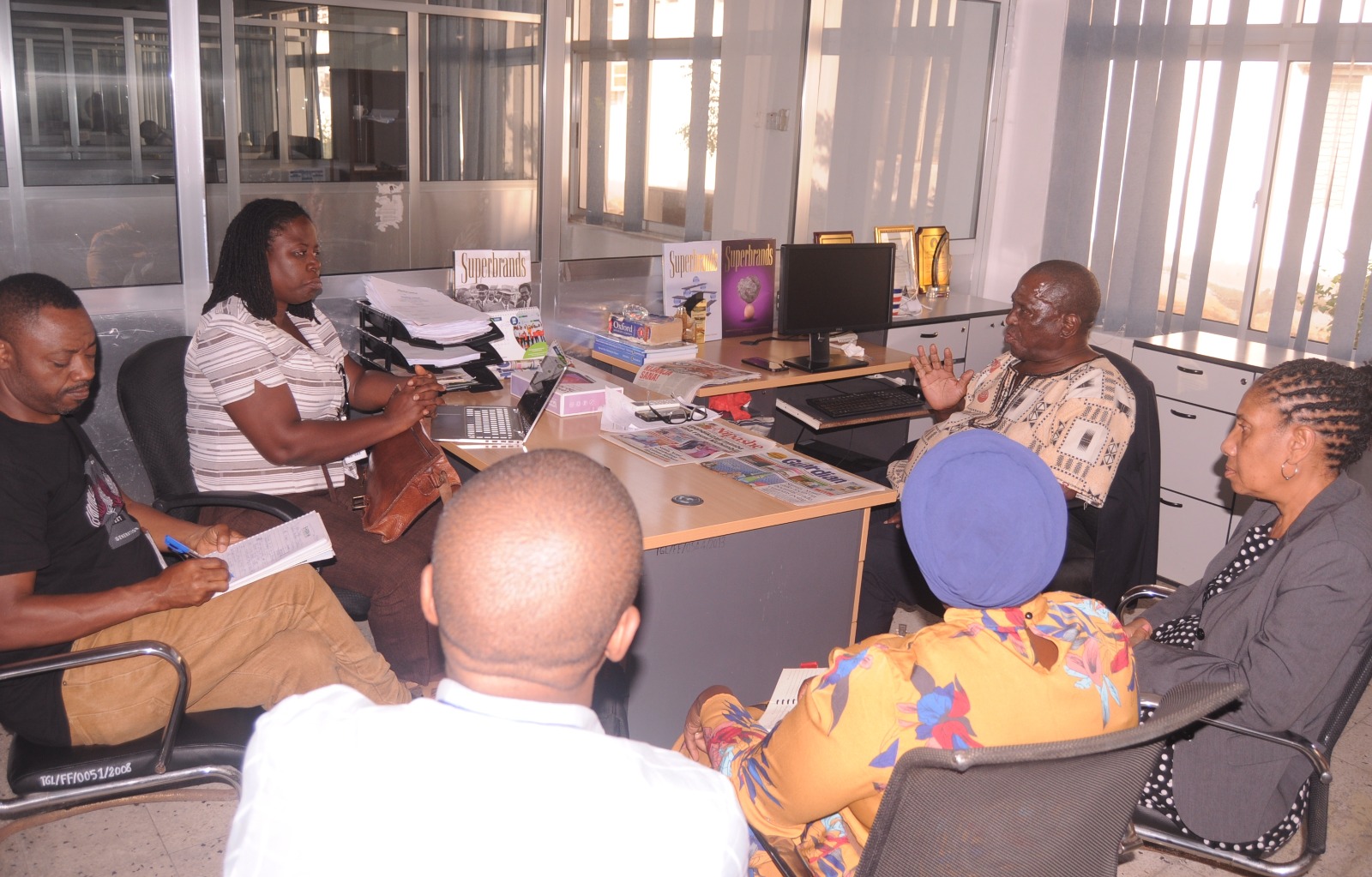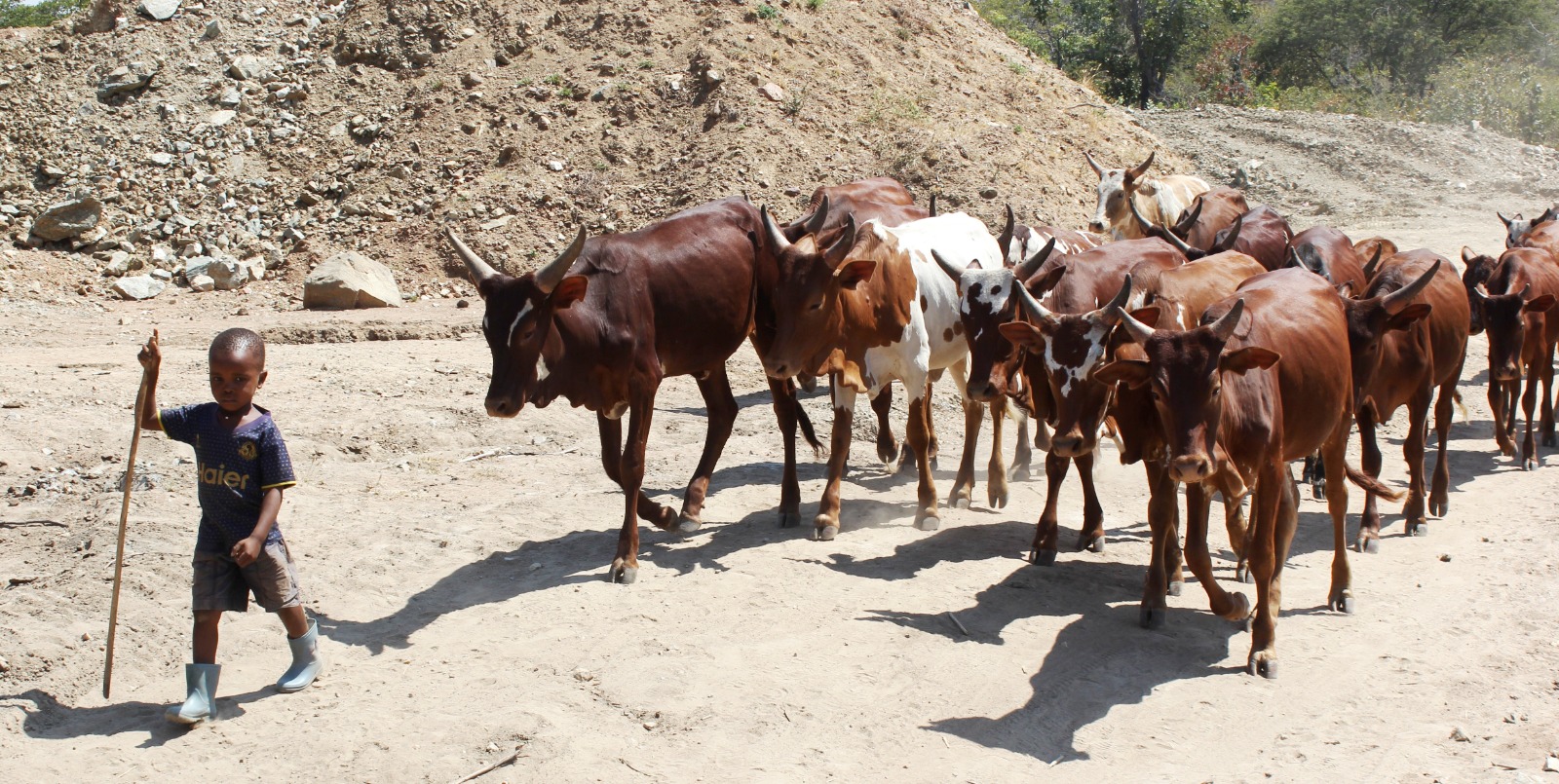‘They stole our jobs and life’: Anger and desperation in India’s coal belt
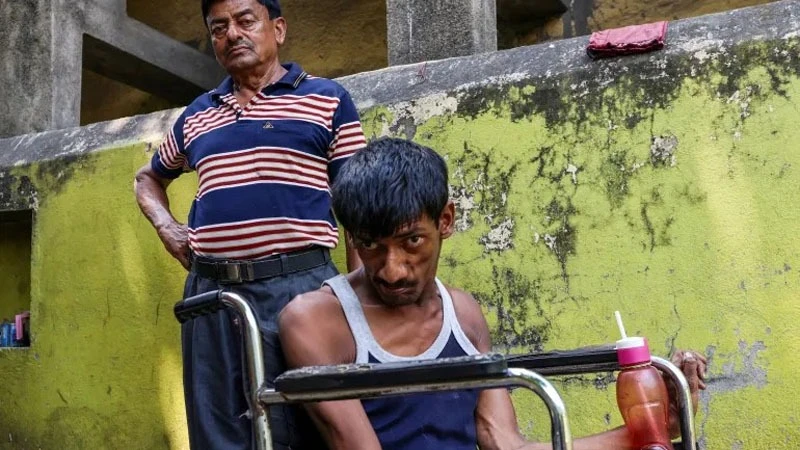
Amar Baran Paul can never forget how the ground below him shook and more than 25 houses around him collapsed four years ago in Harishpur town in eastern India’s West Bengal state.
Harishpur is located near the Madhabpur opencast coal mine — where coal is extracted from the surface of the ground and not by digging the ground — operated by Eastern Coalfield Limited (ECL). It is in the Asansol-Raniganj coal belt in West Bengal’s Paschim Bardhaman district, about a six-hour drive from the state capital, Kolkata.
The belt, which has 146 villages, has been extensively mined since the 17th century, and land subsidence incidents like the one in Harishpur, which occurred when the ground near the opencast mine collapsed, are common in the area.
“In July 2020, the road nearing our township suddenly sank and cracks began emerging on houses near this road. Soon after, we could feel tremors and the walls of some houses began falling,” Paul, a retired ECL employee, said. “More than 20 people lost their homes overnight.”
Sitting on the verandah of his home where the cracks on the walls were clearly visible, Paul said more than 400 residents were forced to flee Harishpur after the land subsidence. Paul’s family found a house on rent near the town but the steep rent made them return to their damaged home.
“I have a son who is 29 and disabled. I have to prioritise his safety. Living in Harishpur I constantly worry that if the ground sinks again because of the opencast mine, my son’s life will be in danger,” said Paul, who belongs to the Jadhav caste, falling under the Other Backward Class (OBC) — a collective term used by the Indian government to classify castes that are educationally or socially backward. The village also houses people from Scheduled Castes (SCs) and Scheduled Tribes (STs) — other government classifications for historically disadvantaged communities.
Accentuating the sense of vulnerability among these communities in Harishpur is a sense of neglect.
“The state government and politicians came here four years ago promising support and encouragement. But since then our voices remain unheard. Our demands for compensation for the land we have lost and houses damaged have also not been met,” said Paul, explaining how they have held hunger strikes, boycotted local elections and protested by blocking national highways to ensure their demands are met.
An hour’s drive from Harishpur, 71-year-old Manik Bauri and his family live in the village of Rakhakura, which is also in the Paschim Bardhaman district, near a mine operated by Integrated Coal Mining Limited (ICML), owned by RP-Sanjiv Goenka Group.
“Since the opencast mine was developed on our land, we have all become land losers. We’ve lost what we own to coal companies and in return are left with polluted air to breathe, toxic water to drink, a truckload of health problems and no jobs,” Bauri said.
“Politicians want the money from the coal projects. They don’t care about us.”
Bauri’s house lies adjacent to the mine and is one among about 500 houses in Rakhapura. A smell similar to that of ash after a wildfire engulfs the atmosphere in the village and coal dust envelops the floor of every terrace and verandah.
“Our health gets affected by inhaling the coal dust-tinted air. Diseases like tuberculosis and eczema are common here. Even if we shut the windows, the [coal] dust comes in and when there is blasting at the mine, our entire house shakes,” Madhivi Bauri, Manik’s 45-year-old sister, said.
Samit Kumar Carr, secretary-general of the Occupational Safety & Health Association of Jharkhand (OSHAJ), a nonprofit that works with coal miners, said unprotected open cast, underground coal mining sites and coal-based power generation plants pose specific health risks to workers and the community living near the mines.
“Many of them who inhale coal dust which contains carbon over both short and long periods suffer from coal workers’ pneumoconiosis (CWP), which is an irreversible, incurable, and progressive occupational lung disease, representing a specific form of pneumoconiosis,” he said
Traditionally, the coal belt is also home to some of India’s poorest communities, which suffer from malnutrition. That makes them more vulnerable to tuberculosis if they are affected by CWP, Carr said.
Madhivi Bauri’s 30-year-old daughter-in-law Asha Bauri said she fears for their children’s future and hopes to leave the village.
The West Bengal constituencies where Harishpur’s Paul and Rakhakura’s Bauris live voted on May 13 in the fourth phase of India’s mammoth seven-phase election which began on April 19.
The state is currently under the rule of Chief Minister Mamata Banerjee’s Trinamool Congress (TMC), which is competing against Prime Minister Narendra Modi’s Bharatiya Janata Party (BJP), the main governing party ruling federally.
Staring at the mine — which resembles a low-lying hill — near his house and describing how the mine lights up with fire at night after blasting ends just before sunset, Manik Bauri lamented that no politician cares about them.
“They stole our jobs and life by putting up a mine here,” he said.
Demands unheard but dependent on the coal industry
India’s coal industry was nationalised by then-Prime Minister Indira Gandhi in 1973. The blanket order applied to all the coal mines in the country and ensured that coal mining would be exclusively reserved for the public sector. However, the Coal Mines (Nationalisation) Act of 1973 was amended in 1993 to allow limited private-sector participation in coal mining.
Nationalisation formalised the industry and, in turn, boosted the black sedimentary rock’s monetary value politically, according to Gareth Price, a senior research fellow at the Irish think tank The Azure Forum for Contemporary Security Strategy.
“Earlier, a lot of local groups were in charge of the different mines but after nationalisation, there was a degree of organisation and the money went to the national government,” he said.
“But the debate around boosting coal was framed around the fact that people in India need access to power and hence coal-fired power stations have to exist,” he said, adding that the real reason which is monetary, continues to be masked.
In theory, cheap renewable energy could replace India’s dependence on coal. But at the moment, that is a long way off for some of the country’s most coal-dependent regions.
“However in the big coal belts like Raniganj in West Bengal and in the Indian state of Jharkhand, there are few other sources of revenue. So entire villages, businesses and politicians depend on the coal sector to earn a livelihood. This makes phasing out coal a challenge since livelihoods are at stake,” he said.
India is currently the second largest producer of coal. To cut down on coal imports, the Modi government has been leasing out coal mines to private companies. According to the country’s Ministry of Coal, 104 blocks have been auctioned under commercial mining.
Coal India, a state-run near-monopoly, has also ramped up production, with 703.20 million tonnes being produced during the 2022-23 financial year compared with 622.63 million tonnes being produced in 2021-22.
A career in illegal coal smuggling
Anup Das, 22, who lives in a village along West Bengal’s Barabani railway station in Paschim Bardhaman district, welcomed the coal projects. The coal sliding along this track is a private project.
“My entire livelihood depends on the functioning of India’s coal sector,” he said.
Clad in a fake branded T-shirt and surrounded by his friends near the railway track, Das explained how, due to the lack of other jobs in the region, everyone is directly or indirectly involved in working in the coal sector, even if it harms their health and the environment — and even if they lose their land in the process.
“But all of us cannot get directly employed by the coal companies since we are illiterate or under-skilled. So we have found a career in the illegal coal smuggling business where we carry bags of coal we steal from the mines to factories on bikes or cycles,” Das said.
“It is the only way to earn money to put food on our plates.”
According to a 2019 report by the Press Trust of India news agency, throughout the Asansol-Raniganj belt, in about 3,500 illegal coal mines, at least 35,000 people are directly employed (work in the mines), while another 40,000 get indirect employment (involved in supplying the coal to factories or are involved in handling coal hauling). Illegal mines do not have the government’s permission to exist. People working in them are also not given any official employment papers.
Munna Jha*, 35, a coal trader in the region, told Al Jazeera that these days, much of the coal stolen by people like Das originates from legal mines. He claimed that political parties benefit from the illegal coal business — getting cuts of the illicit profits.
“In these open cast mines, as soon as the blasting process — done by the mining companies which have won tenders from the government to mining for them — takes place, over 200 people [in each site] assemble at a spot and illegally collect the coal. They load the coal on cycles or bikes and transfer it to private warehouses from where they are loaded on trucks and transported to iron and steel factories,” Jha said.
The illegal coal typically fetches 30 percent less than the price of the legal coal — but it is still better than no income for Das and others like him.
West Bengal Chief Minister Banerjee has repeatedly promised to end the illegal coal trade and increased police checks on vehicles suspected of smuggling coal.
Local daily The Statesman reported that, during an election rally in Raniganj on May 10, Modi’s Home Minister Amit Shah alleged that the TMC was linked with the coal mafia.
But Narendra Nath Chakraborty, district president of the TMC, claimed that “it is the BJP which encourages the illegal coal mining in Raniganj coalfield area”.
“Chief Minister Mamata Banerjee has taken a strong stance against the coal mafia after she came to power in 2011,” he claimed.
Swaraj Das, an activist from the Project Affected People’s Association — a group comprising people who have been affected by coal mines — emphasised the need for investment in education and jobs in the region so people living near mines can end their dependence on the coal industry. But politicians across parties, he alleged, benefitted from the corruption in the coal industry.
By Priyanka Shankar
Top Headlines
© 2024 IPPMEDIA.COM. ALL RIGHTS RESERVED



